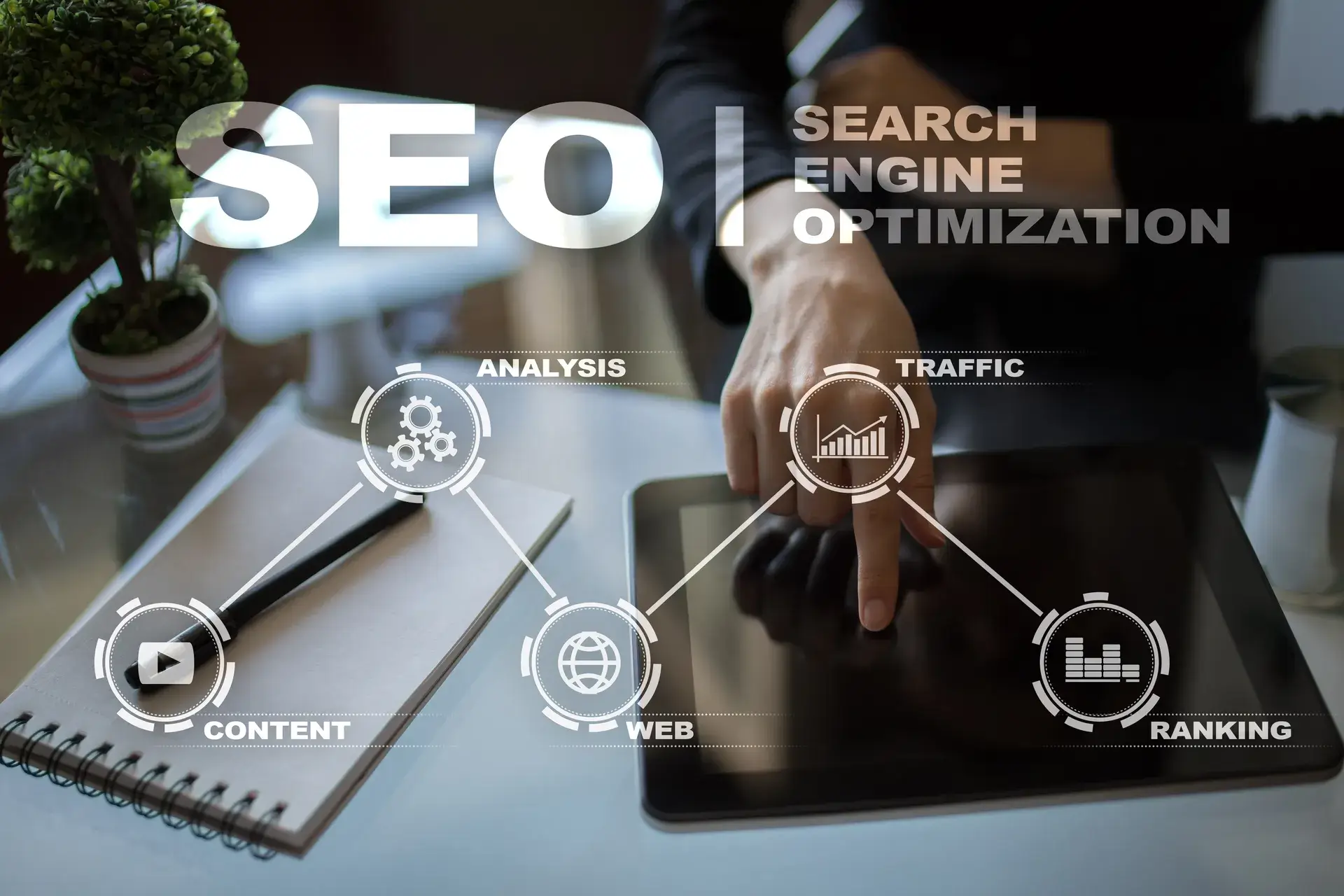On-page SEO techniques are essential for enhancing your website's visibility and ranking on search engines. By optimizing individual pages, you can improve both the user experience and your search engine results. In this post, we will explore key on-page SEO techniques that can elevate your content strategy and drive organic traffic to your website.
What is On-Page SEO?
On-page SEO refers to the practices implemented within your website to improve its ranking on search engines. This includes optimizing content, HTML source code, head tags, and images to ensure your site is both user-friendly and search engine-friendly.
1. Optimize Title Tags
Your title tag is one of the most important on-page SEO factors. It tells both users and search engines what the page is about. Here are some tips:
- Include target keywords: Use your primary keyword near the beginning of the title.
- Keep it concise: Aim for titles between 50-60 characters for optimal display on search engines.
- Make it engaging: Craft compelling titles that encourage clicks.
2. Use Meta Descriptions Wisely
Meta descriptions provide a summary of your page content in search results. A well-written meta description can improve click-through rates significantly.
- Include relevant keywords: Ensure to incorporate primary and secondary keywords.
- Stay within 150-160 characters: This ensures your description isn’t truncated.
- Write actionable summaries: Use phrases that encourage users to take action, like “learn more” or “discover.”
3. Proper Heading Structure
Using header tags (H1, H2, H3) helps to organize your content logically. This enhances readability and helps search engines understand your content structure.
- H1 tag: Use only one H1 tag for the main title, including the primary keyword.
- H2 and H3 tags: Use these for subheadings to divide sections of your content. Include related keywords where appropriate.
4. Optimize Images with Alt Text
Images enhance user engagement, but they should also be optimized for search engines. Use descriptive alt text to improve accessibility and SEO.
- Describe the image: Clearly describe the image content.
- Include keywords: Use relevant keywords in the alt text to help with search visibility.
5. Internal Linking Strategy
Internal links help distribute page authority across your site and keep users engaged:
- Link to relevant content: Use contextually relevant internal links within your content.
- Use descriptive anchor text: Make it clear what the linked page is about.
6. Optimize Content for User Intent
Understanding user intent is crucial for optimizing your content. Your content should answer users' questions effectively.
- Identify search intent: Categorize content based on informational, navigational, transactional, or commercial intent.
- Use relevant keywords: Focus on keywords that align with user intent.
Conclusion
Implementing these on-page SEO techniques can significantly enhance your website's performance in search engine rankings. By optimizing title tags, meta descriptions, headings, images, and internal linking, you can create a user-friendly and SEO-compliant website. For more comprehensive SEO strategies and assistance, consider contacting Prebo Digital, your partner in driving meaningful online traffic!







